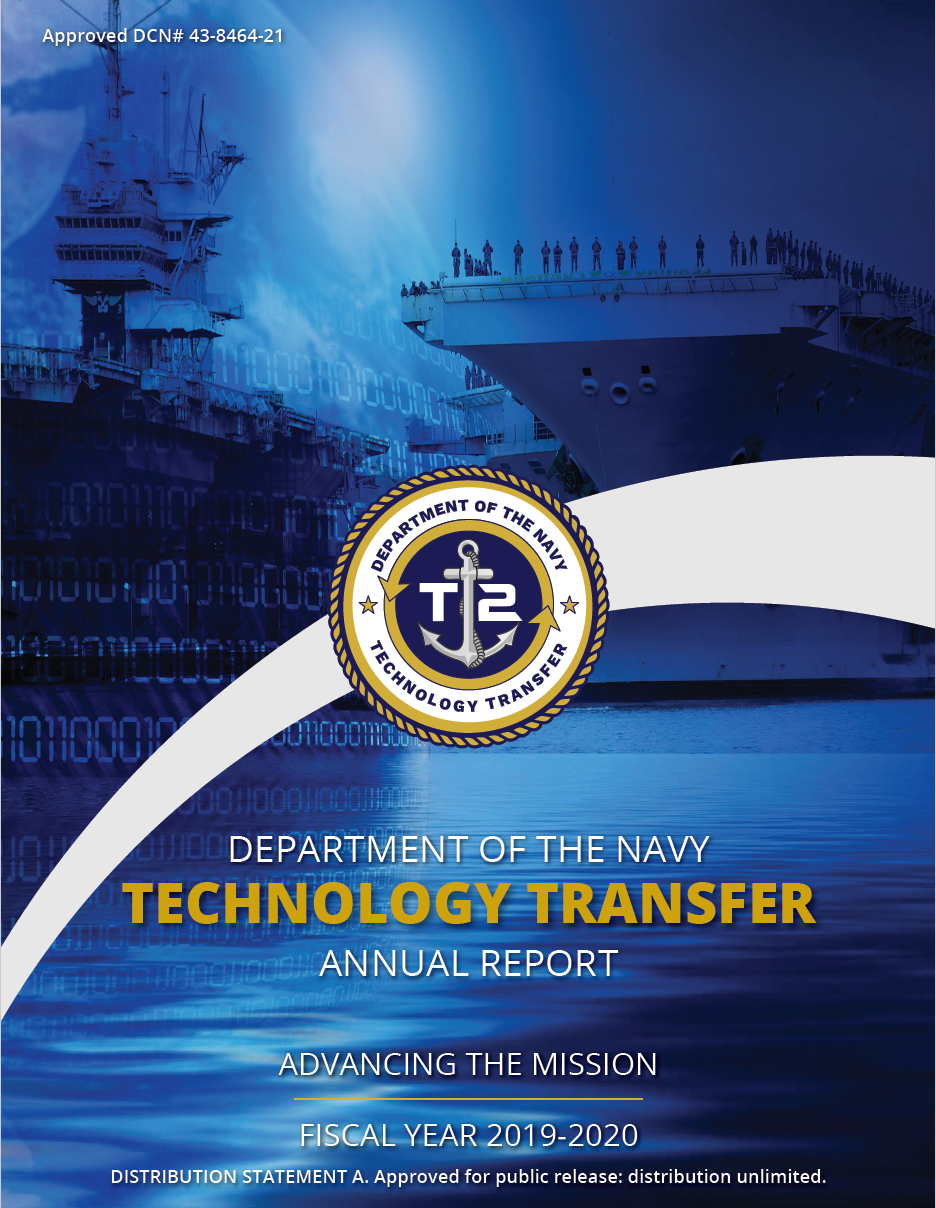To accelerate development and transition of technologies for commercial and military applications, The Sea Land Air Military Research initiative (SLAMR) assists commercial, academic, and government teams thrive at the intersection of research and development efforts. The Technology Transfer (T2) program provides one avenue for national science and technology community members to engage SLAMR and its U.S. Department of Defense (DoD) partners. Technology transfer is defined as,
The intentional communication (sharing) of knowledge, expertise, facilities, equipment, and other resources for application to military and nonmilitary systems. Domestic T2 activities shall include the following:
- Spin-off activities that shall demonstrate DoD technology; e.g., commercial viability of technologies already developed or presently being developed for U.S. security purposes. The primary purpose of those activities, which encompass T2, shall be to promote and make available existing DoD-owned or -developed technologies and technical infrastructure to a broad spectrum of non-DoD applications.
- Dual-use science and technology and other activities that develop technologies that have both DoD and non-DoD applications.
- Spin-on promotion activities that shall demonstrate the U.S. security utility of technologies developed outside of the Department of Defense. That goal shall be to incorporate the innovative technology into military systems to meet mission needs at a lower acquisition cost by taking advantage of the economies of scale by purchasing from a larger industrial base. (DoD, 1999, p. 20).
The U.S. Department of the Navy’s (DoN’s) recently published the Technology Transfer Annual Report: Advancing the Mission Fiscal Year 2019-2020, which describes Cooperative Research and Development Agreements, Educational Partnership Agreements, Intellectual Property and Patent License Agreements, and provides examples of the way the Naval Postgraduate School, as well as Navy Warfare Centers and laboratories, engage private sector, university, and state and federal government organizations. The report
aim[s] to show how T2 enables the [Navy’s] mission, how [the T2 program] can be used strategically and how [the T2 program aligns] with naval strategy.
- Mission-oriented stories showcasing the impact of T2
- Geographical display of our T2-designated laboratories
- Practical use cases
- Groundbreaking pilot projects and partnership highlights
- Examples of what a high-performing T2 office looks like
- Addition of Intellectual Property (IP) and Patent License Agreement (PLA)
- information
- How we work with our federal partners (DoN, 2021, p. 5)
As part of its Business Relationship Innovation focus area, the national S&T community, Naval Postgraduate School students, and SLAMR’s partners mutually benefit from access to needed technologies, field experimentation, and research capabilities. In addition to assisting commercial teams mature and get technologies to market, the public private partnership agreements enhance the education Navy and Marine Corps students receive at the Naval Postgraduate School and help inform military leaders on how emerging technologies might be employed.
Click Technology Transfer Annual Report: Advancing the Mission Fiscal Year 2019-2020 to get your copy of the report.
References
- U.S. Department of Defense. (1999, May 14). DoD Instruction 5535.8 DoD Technology Transfer (T2) Program. https://www.esd.whs.mil/Portals/54/Documents/DD/issuances/dodi/553508p.pdf?ver=2018-10-22-082514-847
- U.S. Department of the Navy. (2021). Technology Transfer Annual Report: Advancing the Mission Fiscal Year 2019-2020.


